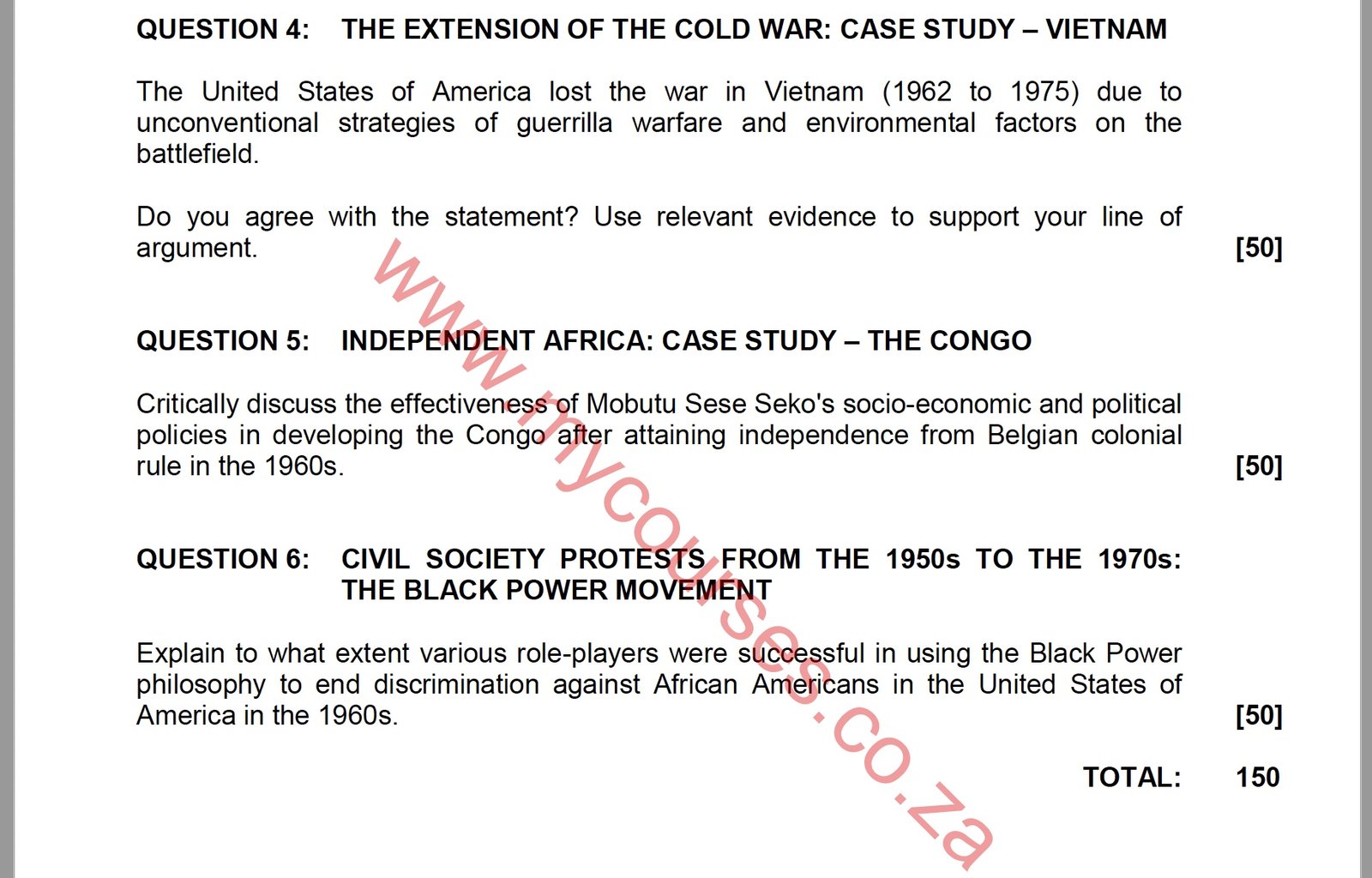To what extent was the TRC an instrument of reconciliation between victims and perpetrators? In the attempt to answer that question, it is critical to find out what was the goal of the truth and reconciliation commission in South Africa? And also, was the Truth and Reconciliation Commission successful?
About the TRC
The Truth and Reconciliation Commission’s aim was:
- To compile as complete a picture as possible of gross human rights violations that had taken place on all sides between 1960 and 1993.
- To hear testimony from victims and perpetrators.
- To grant perpetrators amnesty from prosecution or civil action, where there was full disclosure and a clear political motivation.
- To suggest how victims could be compensated through reparations.
Learn about the South African Government
The extent to which the government has contributed to nutrition in South Africa
Evaluate the extent to which the Government has Contributed to Social Grants
Is the Government doing enough to ensure that Human Rights are protected
To what extent was the TRC an instrument of reconciliation between victims and perpetrators
The Two possible consequences that corruption may have on the individual
The Successes of the TRC
Although the apartheid system left a permanent damage to the South African country as a whole, there are many successes and advantages (which aided in the re-building of the nation) that the TRC managed to bring to the new South Africa. Through the TRC, the following were obtained:
- Apartheid was judged to be a crime against humanity.
- The National Party government of PW Botha was found to have been responsible for murder, torture, arson, abduction and sabotage.
- The liberation movements were also found to have been guilty of gross human rights violations.
- The report also criticised De Klerk’s government for activities of ‘third force’ in an attempt to disrupt the pre-1994 negotiations.
- The ANC was criticised for the civilian casualties in MK operations: the torture and executions in camps in exile and the use of violence against opponents.
- Finally the report found that South African society as a whole was damaged by apartheid and was in need of healing.
The Disadvantages of the TRC
Although the TRC had many positives in terms of moving forward as a nation, there were also many weaknesses that could have been avoided. One major negative element of the TRC is that:
- it did not focus sufficiently on the policies or political economy of apartheid.
- The failure to examine the effect and impact of apartheid’s policies resulted in the need for the perpetrators, or the “trigger-pullers,” to bear the collective shame of the nation and let those who benefitted from apartheid to escape responsibility.
To what extent was the TRC an instrument of reconciliation between victims and perpetrators
To a great extent, (despite the negatives) the TRC was a great instrument of reconciliation between victims and perpetrators.
- The TRC ensured healing and reconciliation among victims and perpetrators of political violence through confession
- The TRC encouraged the truth to be told
- The TRC hoped to bring about forgiveness through healing
- The TRC brought about ‘Reconciliation and National Unity’ among most South Africans.

View all #History-Grade 12 Study Resources
We have compiled great resources for History Grade 12 students in one place. Find all Question Papers, Notes, Previous Tests, Annual Teaching Plans, and CAPS Documents.





